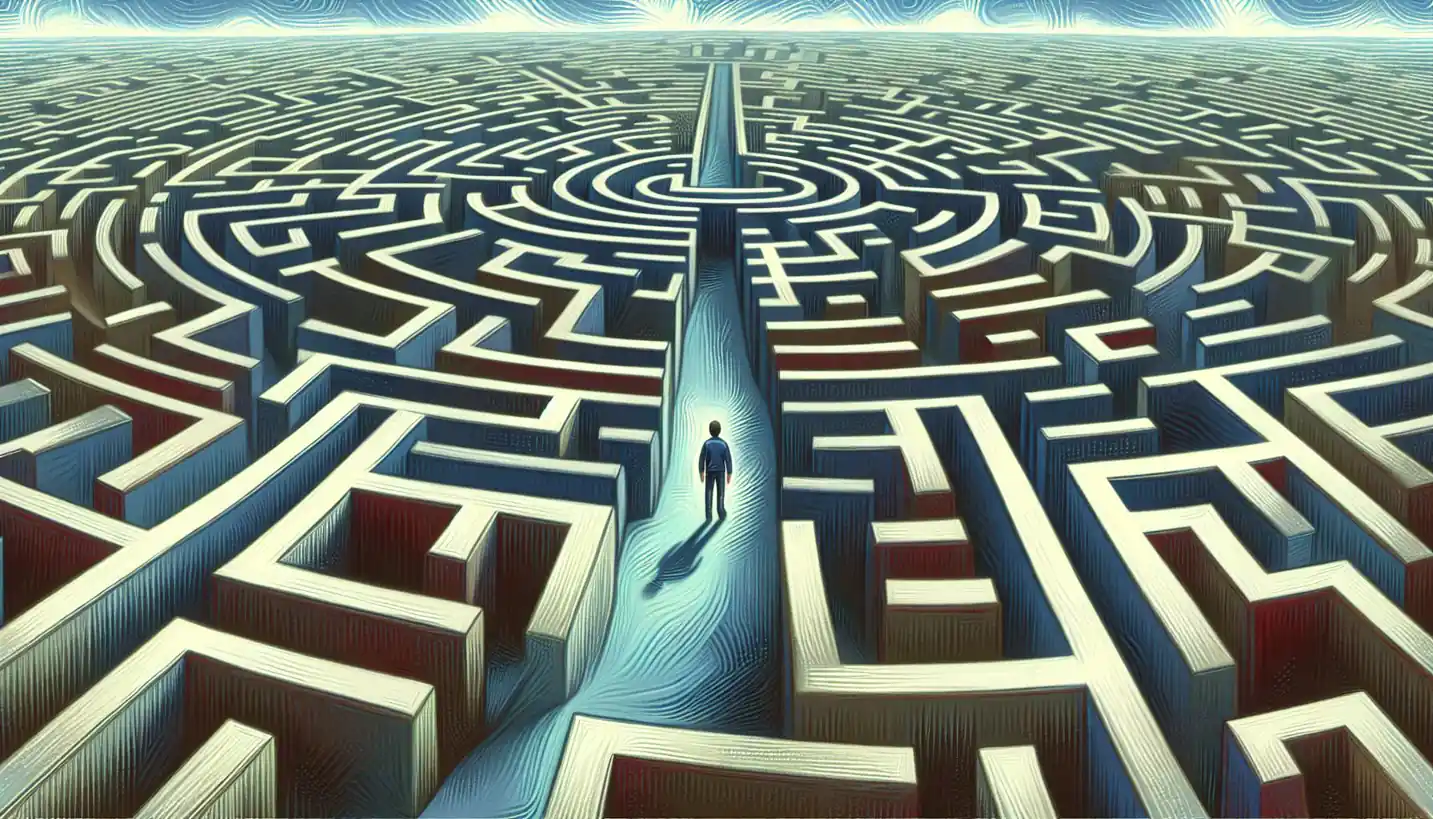· Psychology · 5 min read
Double-Blind Study: Unraveling Bias in Psychology
Double-blind studies remove bias from psychological research, ensuring results are reliable and findings are scientifically sound and unbiased.

When diving into a good mystery novel, one might wonder how the author keeps the plot twists hidden until the big reveal. In psychology, ensuring unbiased results and preventing people from unconsciously influencing outcomes is like crafting that intriguing whodunnit. This is where the double-blind study steps in, a fascinating tool used by researchers to make sure everyone stays in the dark until the very end.
What is a Double-Blind Study?
In the world of experimental psychology, ensuring fairness and credibility is crucial. Think of a school test where neither the students nor the teacher knows who marked which paper until after the scores are given. That’s the essence of a double-blind study.
In more official terms, a double-blind study is a type of experiment where neither the participants nor the experimenters know who is receiving a particular treatment. This approach helps eliminate bias and ensures that the results are as genuine as possible. It’s used widely in various fields, especially in psychology and medical research, to maintain objectivity.
The Importance of Eliminating Bias
Bias in experiments is like a filter that changes the color of the light passing through it. In scientific studies, any bias can alter the results, leading to misinformation. This is where double-blind studies show their true brilliance.
For example, if you knew you were part of a test using a new drug, you might start feeling its effects just because you believe you should—a phenomenon known as the placebo effect. Similarly, if the person conducting the study knows who’s getting the actual treatment versus the placebo, they might unintentionally give subtle hints or behave differently. A double-blind study prevents both of these situations.
Historical Perspectives: A Tale of Two Groups
Picture yourself back in the early 20th century. Researchers are working hard to make sense of human behavior and medical treatments. However, experiments often got skewed by the subtle influence of expectations, both from the scientists and the subjects.
In 1950, a researcher named Henry Beecher highlighted how placebos, or sugar pills, could create real changes in patient recovery simply because the patients believed they were receiving medication. This led scientists to reconsider their approach, eventually giving rise to double-blind protocols to safeguard the integrity of their findings.
How a Double-Blind Study is Conducted
Let’s dive deeper into the nuts and bolts of a double-blind study. Imagine you’re investigating whether a new teaching method improves students’ grades. You would start by dividing your group randomly into two parts: one receives the new method (the experimental group), while the other sticks with traditional methods (the control group).
Here’s where the magic happens: neither the students nor the teachers know which group the students are in. The teachers deliver the lessons without differentiating, and the students attend classes without special treatment. This setup ensures that any observed differences in outcomes result from the different teaching methods, not from preconceived notions or expectations.
Real-Life Examples That Changed Our Views
The Symptom Perception Study is one of the many cases that show the effectiveness of double-blind studies. Researchers wanted to know if telling people about a potential side effect would make them more likely to experience it. Participants were split into groups, with some being told they might feel a side effect and others not. Surprisingly, those informed were more likely to report the symptoms, revealing how expectations alone could influence experiences.
Another groundbreaking example is the use of double-blind studies in testing new medications. In clinical trials, the drug’s efficacy and side effects are analyzed without any preconceived bias. This ensures the medicine’s true impact is accurately assessed, maximally protecting future patients.
The Double-Edged Sword of the Double-Blind
Although double-blind studies play a crucial role in many experiments, they aren’t perfect. Sometimes, ensuring that both parties remain “blind” can be expensive and logistically challenging. There’s also the ethical consideration of denying patients potential treatments.
For example, if a study is testing a life-saving drug, researchers must weigh the benefits of knowledge against the possible repercussions of withholding treatment from the control group. Balancing ethics with scientific rigor is a constant challenge.
Looking Ahead: The Future of Double-Blind Studies
As scientific research evolves, so too will the methodologies that support it. The foundational role of double-blind studies is undeniable, but as technology advances, new methods might emerge to refine or supplement these systems. From virtual reality simulations used to conduct experiments to AI-driven analyses that predict outcomes, the possibilities are endless.
Why They Matter: The Bigger Picture
The repute of double-blind studies is built upon their ability to minimize human error and bias, allowing for results that are as close to the truth as possible. In an era where misinformation can spread like wildfire, providing clear and unbiased data is more important than ever.
For anyone curious about the inner workings of how scientific conclusions are reached, understanding double-blind studies provides a window into the meticulous care researchers take to ensure their findings are valid. Through building robust experimental frameworks, scientists can continue exploring the complexities of human behavior and medical treatment, with each study uncovering new pieces of the vast puzzle of knowledge.



